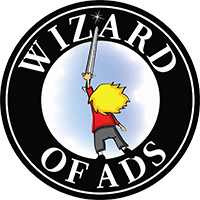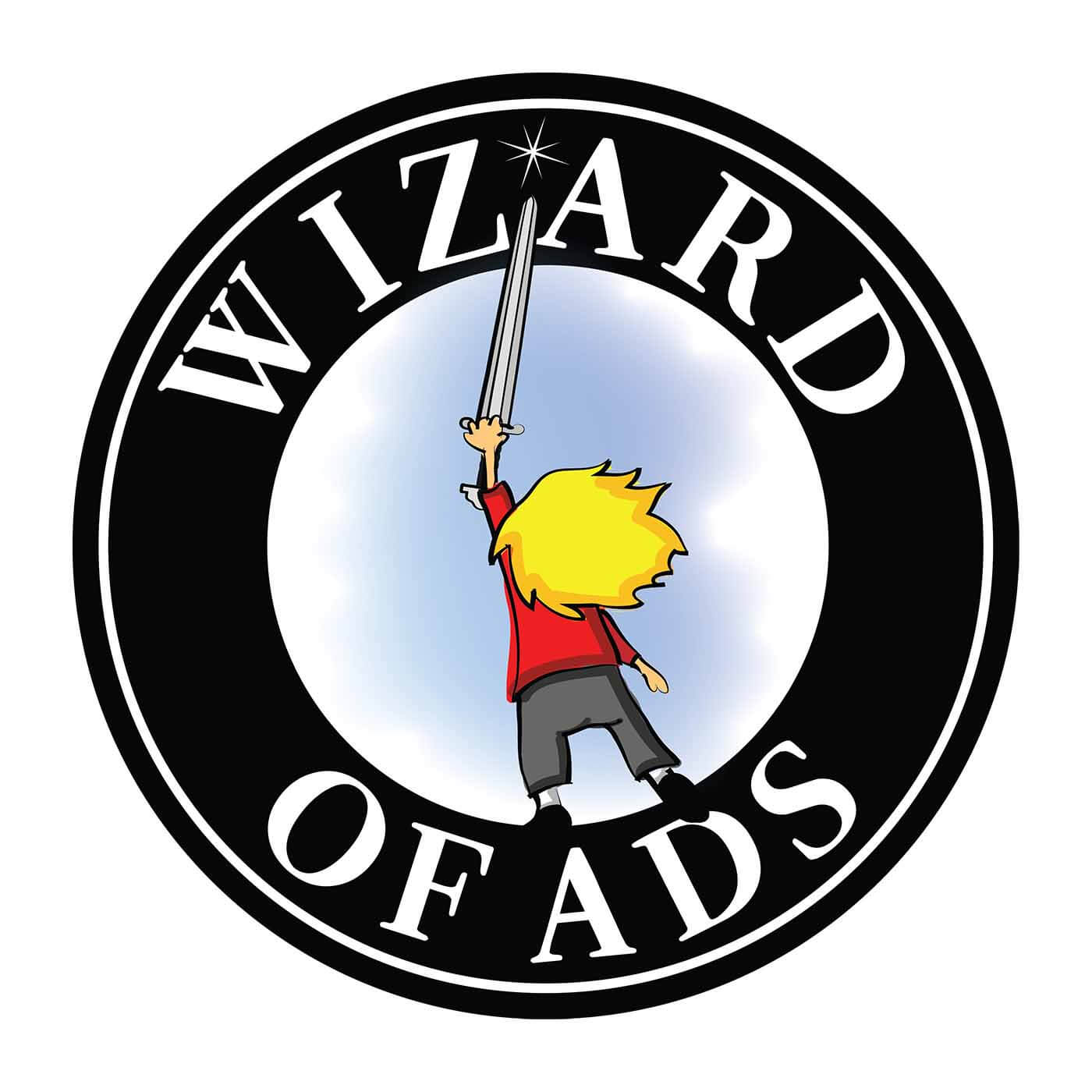full
Wide & Shallow vs. Narrow & Deep
A successful cluster manager was one of 36 people in a class I taught 2 months ago. When we went into Q & A, he asked for suggestions about what to do with a poorly performing radio station in his cluster.
He expected me to suggest a format change, or a clever promotional campaign using billboards and TV. Or he may have thought I was going to give him some half-baked idea about how he could use social media to build an affinity group around the station’s format, because these are the kinds of suggestions people make when a radio station wants to attract a bigger audience.
Why is it that everyone assumes the way to increase a radio station’s revenues is to increase the size of its audience?
I said, “I’ll answer your question if you want me to, but I need to warn you that my answer is extremely simple, it always works, and it’s going to embarrass the hell out of you that you haven’t already done it.” Then I smiled and asked, “Are you sure you want me to answer in front of all these people?”
Since he was the only broadcaster in a room full of business owners and the whole group had bonded pretty tightly during the previous 2 days and nights together, he just smiled back at me and said, “Bring it.”
I wrote something on a piece of paper, then folded it and laid it on the table in front of him. “Game on.”
The other 35 people in the room clapped and cheered because they knew we were about to have fun.
He said, “It’s my number 6 station. My top 3 stations are doing fantastic and numbers 4 and 5 do pretty well, but number 6 just kind of limps along.”
“Does it make a profit?”
“Yes, but nothing special.”
“How many units per hour do you feel would be the right spot load on that station?”
He said he’d like to keep it to just 14 units per hour.
I said, “6AM to midnight, 7 days a week, 14 units per hour yields 1,764 ads per week.”
Next question: “Based on your current audience size, name a spot rate you would be happy to get on that station if every advertiser bought equal daypart distribution across 4 dayparts, morning drive, mid-day, afternoon drive, and evenings until midnight.”
He named a modest price per ad.
I said, “I’m a local business owner, I’m going to buy 40 ads per week, every week for 52 weeks, and I insist that my 40 ads get equal daypart distribution 6a to midnight. I want morning drive, mid-day, afternoon drive, and evenings until midnight, just like we talked about; none of that R.O.S.* crap. Got it?”
He said, “Got it.”
I said, “During the next 12 months, I’m going to become a household word to a whole lot of people. Frequency and consistency! That’s the right way to use radio! Forty ads per week for 52 weeks is going to make my business the one your audience thinks of immediately – and feels the best about – whenever they or any of their friends need what I sell.”
Next question: “On your #6 station, what’s going to be my 1-week net reach with a weekly 3-frequency, 52 weeks in a row?”
The man knew his station, so he was able to name the approximate net reach my schedule would deliver each week. It was a net reach that could make a real difference for any advertiser. I said, “Never let an advertiser compromise frequency and consistency. If they don’t want to do radio right, they don’t get to be on this station.”
He said, “But that’s not how advertisers buy radio in my town.”
I said, “We don’t need to convince the whole world. We just need to find 44 small business owners who can understand that this is the right way to use radio. We’re going to explain it to them and answer their questions until we have found 44 business owners smart enough to buy 40 ads per week with equal daypart distribution 6AM to midnight.”
Then I reminded him how little money those 40 ads per week were going to cost those 44 advertisers each month. I asked, “How many businesses can afford that monthly investment?”
That’s when it hit him. He appeared to be deep in thought when he muttered, “There’s a bunch of advertisers in our town that can’t afford our big stations, but they could easily afford that.”
I said, “Your problem is that you’ve been allowing your sales team to sell all 6 stations. Take number 6 away from them. Turn it over to just one A.E. (Account Executive – salesperson) and make it the only radio station they get to sell and 40 ads per week/52-weeks is the only schedule they get to sell. Do you have someone in mind you can turn that station over to?”
He started getting excited. He said, “I’ve got a couple of people in mind.” Then after a brief pause, he said, “At that price per month, I can have 44 clients sold within 90 days!”
I nodded my head. “Every advertiser can afford it and it’s going to work incredibly well for them and most of these advertisers are going to be new business for you. Your people haven’t been calling on those businesses because they don’t have enough budget to buy your big stations. That’s why you’ve got to turn station 6 over to just one A.E. and let them focus on selling and servicing those 44 clients. You’ll want to choose an A.E. who can write great ad copy, because that’s how you keep annual contracts on the radio year after year.” [Results come from ad copy, and clients buy Results.]
It was beginning to soak in. He said, “That A.E. is going to have 10 times as many prospects as the big stations! Every business in town can afford this schedule!”
I handed him a calculator and told him to calculate the revenue he was going to bring in from just 14 units per hour at the modest spot rate he had named. His eyes popped open and he shouted, “That’s 5 times what we’re billing right now!”
“Open the piece of paper in front of you,” I said.
He opened the paper and started laughing. Then he held it up for the rest of the room. In fat black magic marker it said, “5X.”
Everyone clapped, but we weren’t finished yet. I said, “The only way you can screw this up is to let the rest of your sales team continue to sell station #6. You’ve got to take it away from them. Now calculate the commission of the lucky A.E. who gets to sell your smallest station, the one that every business can afford.”
He calculated a moment, then said, “It’s almost 350 thousand dollars a year.”
I said, “No one can do a really great job with 44 clients, but a good A.E. can make 22 clients feel like royalty. Can people survive in your town on just 175 thousand a year?”
He assured me they could, then asked, “Have you ever done this?”
I told him the truth. “It’s how I became successful in radio. By the time I was 26, I was making more money than most doctors and lawyers, and I was selling the number 23 radio station in a city of 23 stations.”
He laughed and confessed, “You were right. I’m embarrassed I haven’t already done this.”
Roy H. Williams
* R.O.S. means “Run of Schedule,” 6AM to 6AM. The problem with ROS ads isn’t that the overnight spots have no value – because they definitely have value – the problem is that broad rotators like R.O.S. will cause the Nielsen computer to give you wildly inflated frequency numbers, and you can’t afford to not know the truth about how much repetition you’re buying. Radio lives and dies with ad repetition. “Reach” is how many people will hear the ad. “Frequency” is how often the average person will hear the same ad. You need to ACCURATELY know how often the average listener will hear your ad in one week – your target is 3X – then buy that same “typical week” 52 weeks in a row, year after year. You need the same listener to hear the same ad 3x within every 7 nights sleep. This is how empires are built using radio. Most people schedule their radio ads Wide and Shallow, but that is incredibly dangerous if you have a limited budget. If you buy too little repetition (frequency,) you may reach 100% of the people, but convince them only 10% of the way. A much better plan would be to use your limited budget to buy Narrow and Deep: reach 10% of the people and convince them 100% of the way. The cost is the same. – Indy Beagle
AAs an active U.S. Army Colonel, Christopher Kolenda — a West Point graduate — led 800 paratroopers in Afghanistan. Six of his soldiers were killed under his command. The loss of his troops and the lessons he learned about effective leadership during his military career are very much on Colonel Kolenda’s mind this Memorial Day. Whether on the battlefields of Afghanistan or in the bunkers of American business, Colonel Kolenda says that victory always stands on a foundation of three legs: Leadership, Culture, and Strategy. If your business is weak in any of these, Colonel Kolenda believes you are forfeiting your competitive advantage. Listen in as Kolenda takes roving reporter Rotbart to school at MondayMorningRadio.com

